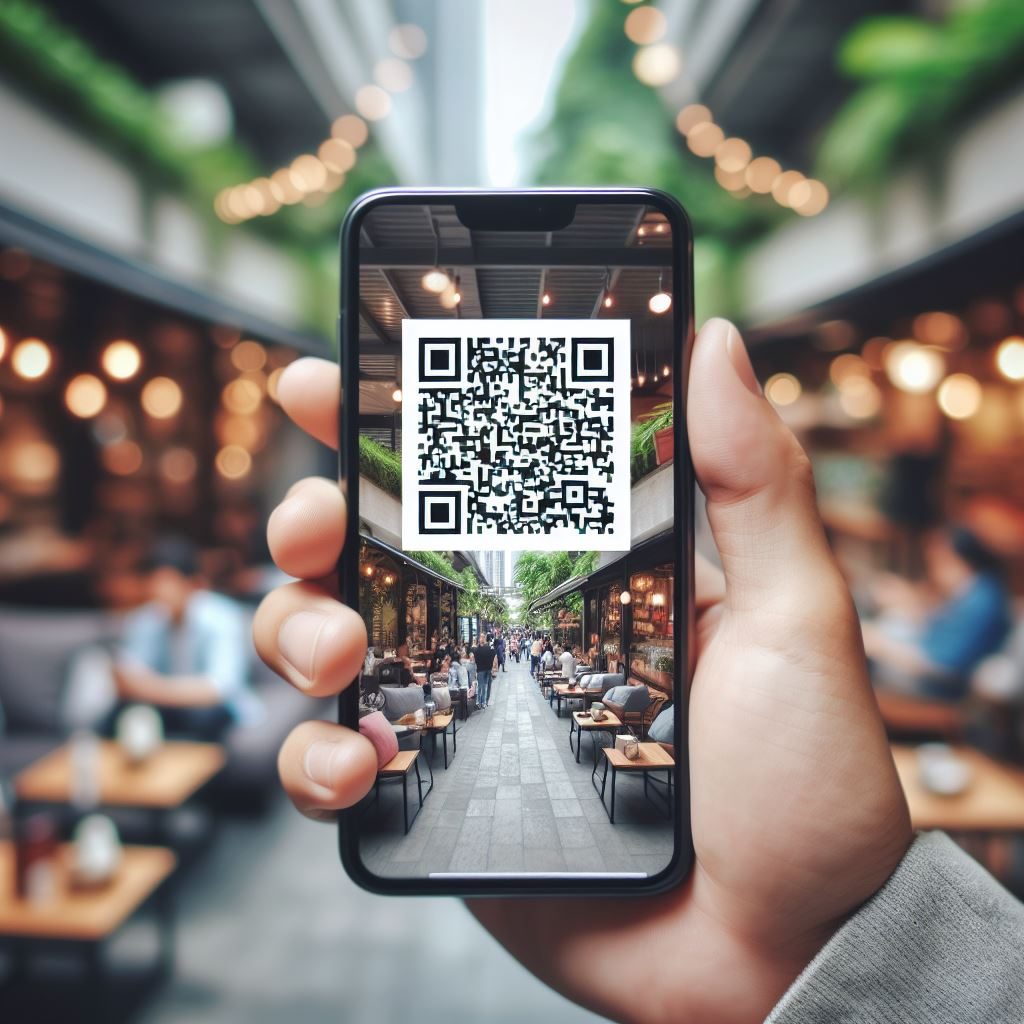Opportunities and Pitfalls
In the swiftly evolving digital landscape, QR codes have emerged as a beacon of innovation, exemplifying seamless integration across a myriad of digital services. Their ability to streamline operations and elevate the user experience is undeniably impressive. However, this advancement does not come without its challenges; the rise of QR codes has brought with it a wave of security concerns that demand a rigorous cybersecurity approach.
Understanding QR Codes:
The New Digital Keys
Quick Response (QR) codes have transcended their original automotive industry confines, finding utility in retail, food service, advertising, and healthcare. These two-dimensional barcodes offer a rapid data-sharing mechanism, propelling a shift toward more dynamic and interactive mobile engagements.
The Mechanics of QR Codes
By encoding information in a grid of black and white dots, QR codes bridge the physical and digital worlds. A simple scan with a mobile device camera unravels URLs, text, or other data types, epitomizing the convenience modern businesses and consumers crave.
The Security Conundrum of Convenience
Yet, the simplicity of QR codes is a double-edged sword. The same trait that endears them to the masses has caught the eye of cybercriminals. These threat actors exploit QR codes to orchestrate phishing attacks, disseminate malware, or siphon personal information from the unwary.
Phishing Expeditions via QR
QR codes can serve as trojan horses, leading victims to counterfeit websites where their sensitive information is compromised. The inherent trust in QR codes often lulls users into a false sense of security, neglecting the necessity of URL verification.

Malware: The Unseen Threat
The risk escalates with QR codes designed to trigger automatic downloads, potentially injecting malware into devices of unsuspecting users.
Rogue Connections: The Invisible Web
QR codes that automate Wi-Fi connections are particularly insidious, potentially tethering devices to malevolent networks poised to capture sensitive data.
Adopting a Defensive Stance
The pressing need for cybersecurity vigilance is clear:
- Use Trusted Scanners: Employ established QR code scanning applications that include security features like URL previews.
- URL Verification: Diligently inspect the decoded URL, confirming its legitimacy, especially prior to divulging personal details.
- Discernment in Scanning: Approach random or contextually ambiguous QR codes with skepticism.
- Covered Code Caution: Stay alert to the nefarious practice of overlaying malicious QR codes atop legitimate ones.
The Proactive Path Forward
QR codes stand at the forefront of digital efficiency, yet the onus lies with users to navigate this terrain wisely. Recognizing the hazards and adopting prudent scanning practices are key to maintaining security in the QR code era.









